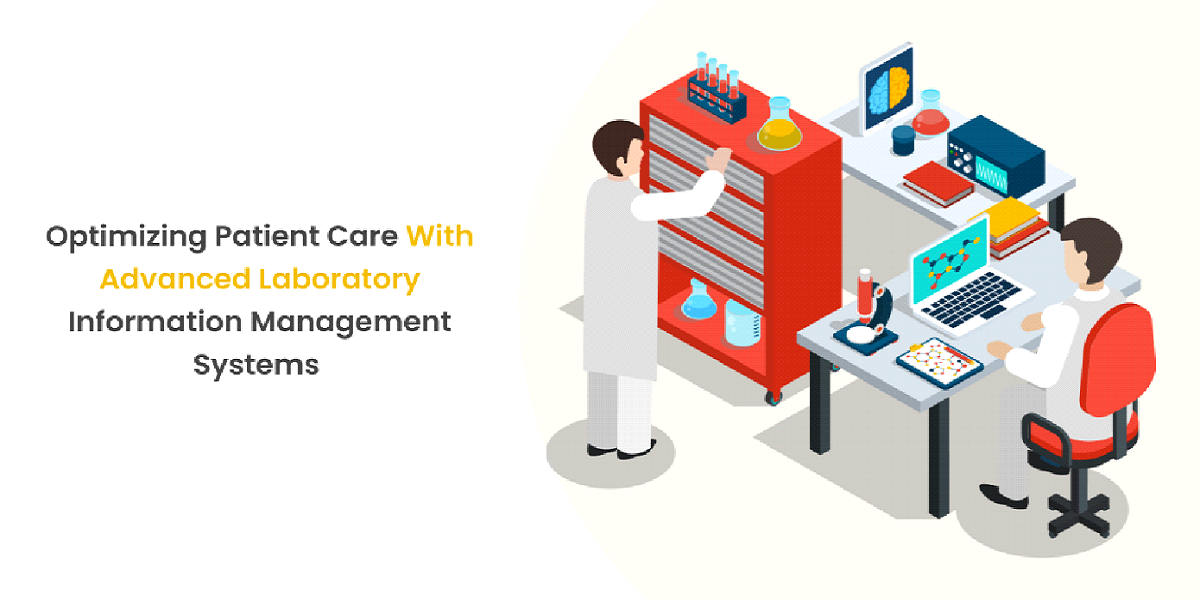How to Effectively Use Test Automation in Web Application Testing?

The Need for Test Automation in Web Testing
Companies release new web applications every few months, suggesting that the processes for developing and testing the applications are becoming more complex. Because of the web application's ever-changing nature, it has to be accessible and work seamlessly across all devices. This greatly raises the demand for web application testing services.
Test automation is essential in the context of software quality and testing speed. It saves time by automating repetitive test cases, which also ensures reduced manual effort, fewer errors, and faster release times. However, with large-scale applications, there is no escaping the fact that solely manual testing systems are ineffective.
Manual testing of web applications has some common obstacles, such as the inability to scale adequately, excessive time to run the tests, and the chances of human mistakes. In this post, we will share more information on how to properly use test automation to optimize web application tests efficiently.
Understanding the Core Aspects of Test Automation
What is Test Automation in Web Testing?
Simply put, test automation is the complete automation of the web testing processes by matching reality against projection. Its primary purposes are boosting productivity, avoiding repetitive manual tests, and maintaining quality assurance during the entire software development process.
Differences between manual and automated testing
- Manual Testing: It is performed manually using a human tester, which greatly increases the chances of mistakes being made.
- Automated Testing: Testing using tools and scripts is far quicker and more accurate than performing the task without the help of technology.
Companies that provide web app testing services take advantage of automation features in order to shorten time frames in the software development life cycle without compromising quality.
When to use test automation?
Not every test case should be automated. Test automation is ideal for:
- High-frequency, repetitive tests
- Business-critical functionalities
- Tests requiring multiple data inputs
- Performance and load testing scenarios
Types of Tests Suitable for Automation
Automating the right types of tests ensures competence and correctness in software testing. A well-planned test automation plan helps in achieving consistent results and reducing manual efforts.
- Functional Testing: Checks system capabilities and users' interactions.
- Regression Testing: Confirms new code implementations do not add new defects to the existing features.
- Performance & Load Testing: Measures the application's behavior underneath numerous assignments and pressure levels.
- Cross-Browser & Compatibility Testing: Conducts testing on various browsers, operating systems, and devices to ensure uniformity in user experience.
Selecting the Right Tools and Frameworks for Web Test Automation
Key Factors in Choosing an Automation Tool
This indicates that the accuracy of the tool is decisive for operative test automation. Reflect:
A learning curve should not be prohibitive. There must also be intuitive navigation and adequate documentation to aid user onboarding. These will all help in lowering adoption rates.
Make sure that the automation tool is aligned with the programming languages and frameworks of the automation tool. Compatibility with JavaScript, Python, or Java, for example, can have some business processes as impacted or even more efficient.
Support for CI/CD solutions – The tool should work within the DevOps tools available so that testing is always underway as part of the agile development process. Automated test creation and execution in Jenkins, GitHub Actions, or Azure DevOps helps to boost deliverable quality.
A recent study claims that organizations that implement automated processes for their web application QA testing services reduce their testing time by up to 40%, significantly enhancing efficiency and software quality.
Popular Test Automation Frameworks & Tools
Picking the right framework for automation is contingent on various factors, including project requirements, ease of integration, and the skill level of testers.
- Selenium – An extremely sought-after open-source tool that automates browsers that are willing to work with numerous coding languages and connect with CI/CD processes.
- Cypress – A fast testing framework that supports comprehensive front-end testing. It is also well-recognized for its outstanding fixing competencies.
- Playwright – A modern cross-browser automation tool for Chrome, Firefox, and WebKit. It enables automated tests to be written against all three with a single API.
- TestCafe – A comprehensive testing solution that uses tests written in JavaScript or TypeScript. It does not need the connection of WebDriver, which rationalizes the formation of test scripts.
- Katalon Studio – A versatile integration-based automation tool that provides built-in test capturing, scripting, and reporting.
These tools help improve test effectiveness and the overall accuracy of application testing services, thereby increasing the reliability of software systems.
Building a Scalable Test Automation Strategy
Step 1: Identifying Which Tests to Automate
To exploit competence, businesses should prioritize automating:
Frequent tests like login checks, form fills, and basic functionality are conducted.
Key features of the application that are user-facing and central to accomplishing business work.
Situations that need several test data to be validated, such as forms or API request responses.
Step 2: Structuring an Efficient Test Automation Suite
A well-structured test automation suite is vital for maintainability and scalability. Key deliberations include:
Classifying tests into unit, integration, and UI tests to modernize execution.
A design pattern that enhances code maintainability by unraveling UI elements from test logic.
Writing test cases in plain language using tools to advance collaboration between technical and non-technical stakeholders.
Step 3: Setting Up a Continuous Testing Workflow
For an ascendable and well-organized testing strategy, automation must be flawlessly integrated into the development lifecycle:
Automating tests within tools like Jenkins, GitHub Actions, or GitLab CI/CD ensures early bug detection.
Executing multiple test cases simultaneously reduces testing time and accelerates feedback loops.
Leveraging cloud platforms like Browser Stack or Sauce Labs enables testing across various environments and devices without extensive infrastructure setup.
Best Practices for Effective Web Application Test Automation
Write Robust and Reusable Test Scripts
Modular test scripts are easier to maintain. It is essential to follow proper coding standards by implementing features of coding frameworks such as the Page Object Model to improve both the efficiency and life of the script.
Optimize Test Execution Time
Test execution must be efficient in agile environments. The use of parallel testing and headless browsers can greatly shrink execution time and increase feedback cycles and productivity.
Ensure Cross-Browser and Mobile Compatibility
Different browsers and devices should be able to access the web application without issues. Real device testing and emulators provide seamless user experiences and mitigate unexpected behavior.
Implement Smart Test Reporting & Monitoring
For example, Allure and Extent Reports enable users to report the test results in a detailed, digestible format that simplifies debugging. Built-in logging and proactive notification tools enable the team to focus on value-adding activities as problems are quickly picked up and solved easily.
Regularly Update and Maintain Test Scripts
Since applications move towards enhancements, the test scripts must also be maintained to comply with the new user interface and functionalities. Continuous upkeep ensures that obsolete scripts do not create test case failures and allows for dependable testing in the coming years.
Emerging Trends in Test Automation for Web Applications
AI and Machine Learning in Testing
With AI-driven automation, the selection of test cases, defect-prone areas of the application, and optimization of test coverage is done much faster.
Low-Code and No-Code Test Automation
These platforms make automation easier for non-developers because they allow testers to design, implement, and run scripts with very little programming understanding.
Shift-Left Testing Approach
Testing is carried out in the later stages of the software development life cycle and embedded in the early developmental phase of the software cycle to increase the chances of identifying bugs in earlier stages.
Cloud-Based & Distributed Testing
The cloud-based environments provide the required scalable infrastructure integration for the testing hence making it easy and fast for the teams to run tests on diverse configurations.
Achieve Faster, Reliable Results with Test Automation in Web Application Testing
In today’s fast-paced atmosphere, companies have to espouse tactical test automation procedures to excel in the marketplace. Strategic automation of web application activities significantly improves quality, speeds up the delivery of applications, and enhances software reliability. Partnering with a web application testing company guarantees that proper testing procedures are followed and that the best efficiency is achieved.
Implementing automation is one task that organizations should approach with careful planning. The implementation should be done in phases, picking the right tools, frameworks, and methodologies that fit the requirements of the application. Promoting cooperation between developers, testers, and business analysts is very important for test automation’s success.
The inclusion of automation in web testing brings superior efficiency and precision while minimizing the need for manual work. Changing trends such as AI-based testing, cloud automation, and low-code development make web-based businesses more scalable and effective. It is time to embed automation in the testing process workflow to get quicker and more dependable outcomes and a strong online presence.
Hyperlink InfoSystem - Most Trusted End-to-End development Solution Provider.
Write For Us





